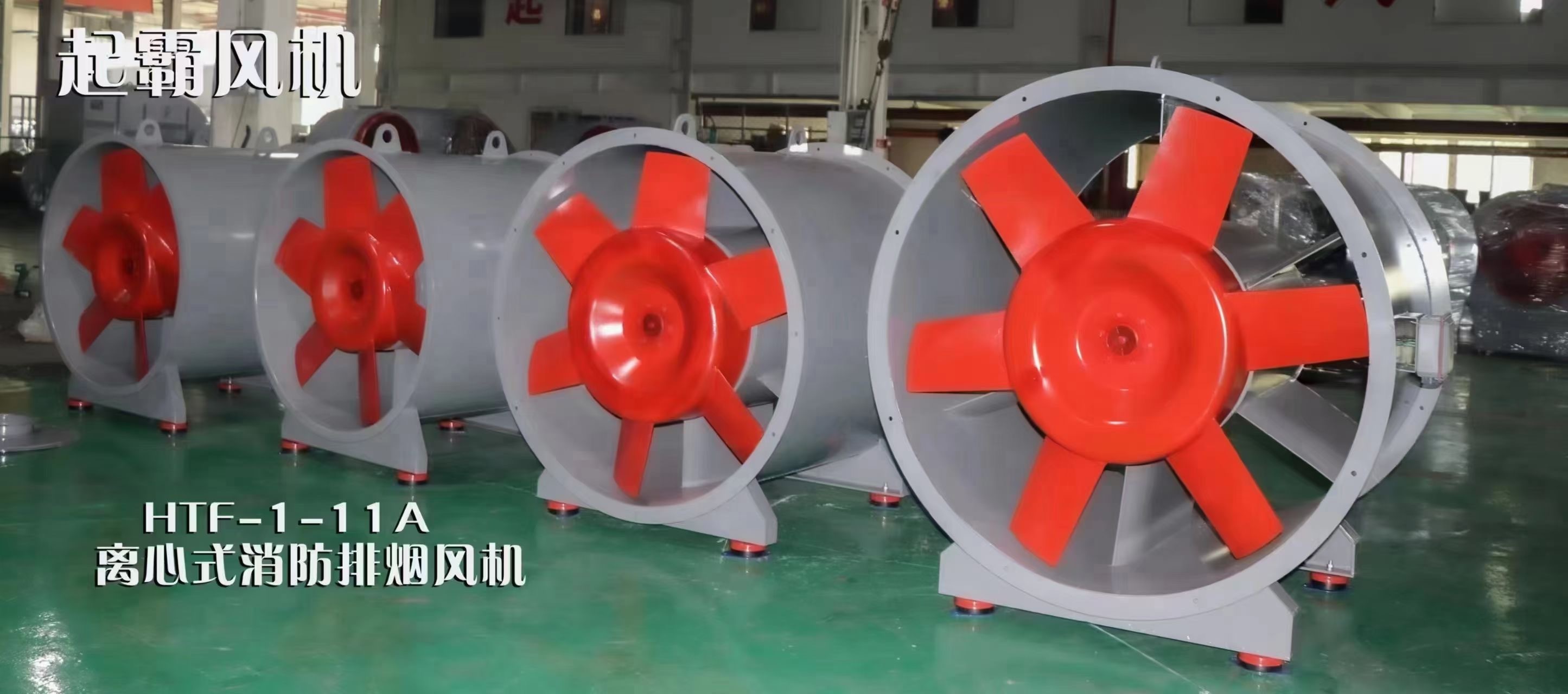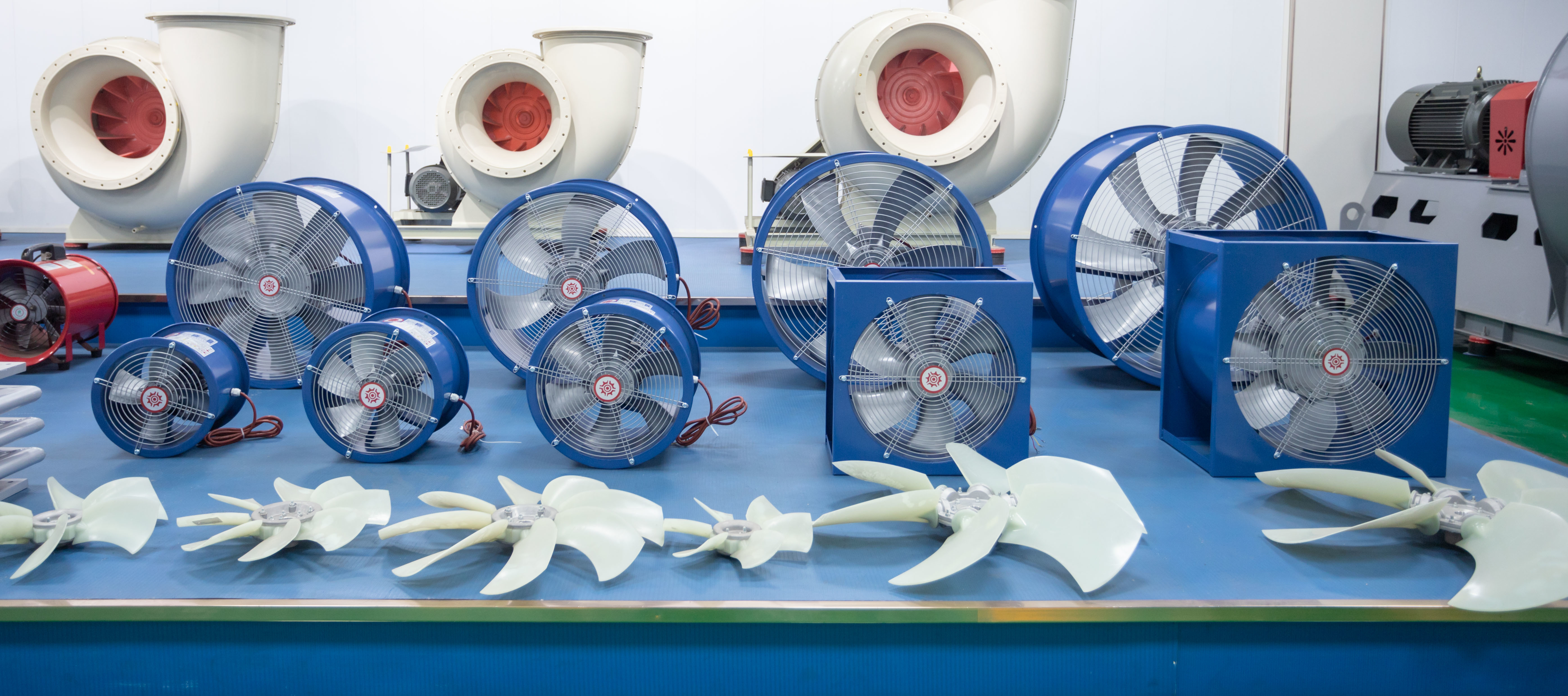Reasons and solutions for excessive noise in centrifugal fans
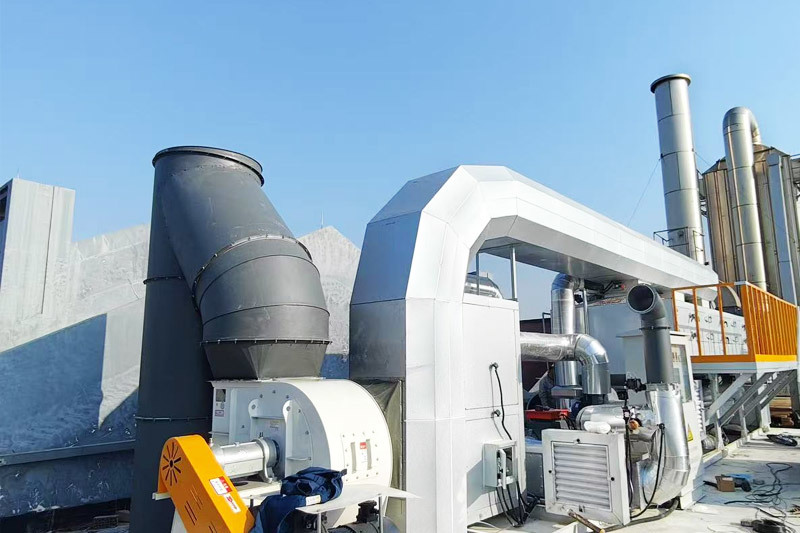
Centrifugal fans are essential components in various industrial and commercial applications, providing necessary airflow for processes such as ventilation, cooling, and exhaust. However, one common issue that operators face is excessive noise generated by these fans. This article explores the reasons behind this noise and offers potential solutions to mitigate it.
Understanding the Sources of Noise
To effectively address excessive noise in centrifugal fans, it is crucial to understand its sources. Noise in these fans can arise from several factors, including mechanical issues, aerodynamic disturbances, and operational conditions.
1. Mechanical Issues: One of the primary sources of noise is mechanical vibrations. Imbalances in the fan rotor, misalignment of the fan shaft, or worn-out bearings can lead to increased vibrations, producing noise. Additionally, loose components or improperly tightened fasteners can exacerbate the problem, causing rattling or clattering sounds.
2. Aerodynamic Disturbances: The design of the fan blades and the airflow characteristics play a significant role in noise generation. High-speed airflow, turbulent flow patterns, and flow separation can create aerodynamic noise. Blade design, including the shape and angle, can also influence how air interacts with the blades, contributing to noise levels.
3. Operational Conditions: The operating environment and conditions can affect noise levels. Factors such as ductwork design, inlet and outlet conditions, and the presence of obstacles can lead to increased turbulence and noise. Furthermore, operating a fan at inappropriate speeds or capacities can result in excessive noise generation.
Analyzing the Impact of Noise
Excessive noise from centrifugal fans can have several negative consequences. First and foremost, it can lead to occupational health issues, including hearing loss or increased stress levels among workers. Additionally, high noise levels can disrupt communication in the workplace, reducing overall productivity. From a regulatory standpoint, exceeding noise limits can result in legal implications and fines for companies, making it essential to address this issue promptly.
Solutions to Mitigate Noise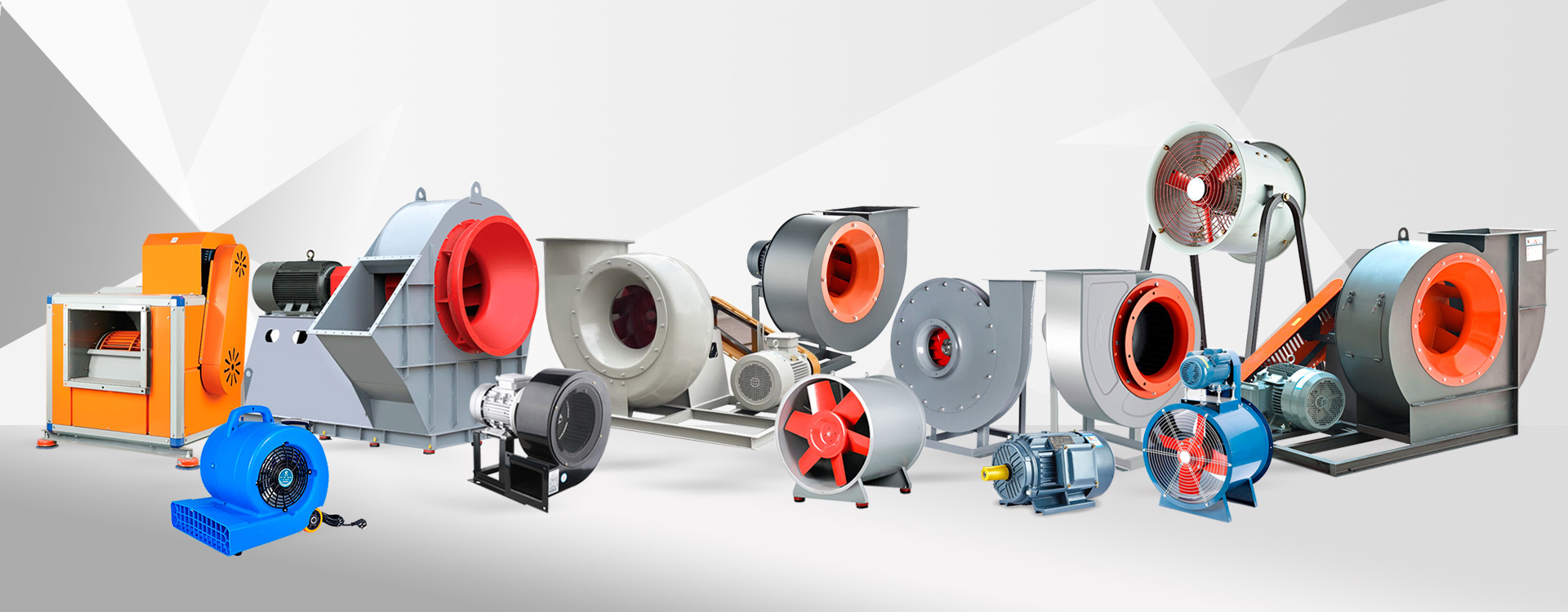
Addressing excessive noise in centrifugal fans requires a comprehensive approach that encompasses mechanical, aerodynamic, and operational considerations. Here are some effective solutions:
1. Regular Maintenance: Implementing a routine maintenance schedule is crucial for identifying and rectifying mechanical issues. Regularly inspecting and tightening components, replacing worn-out bearings, and ensuring proper alignment of the fan shaft can significantly reduce mechanical noise. Balancing the fan rotor is also essential to minimize vibrations.
2. Optimizing Fan Design: When selecting or designing centrifugal fans, it is important to consider the blade design and geometry. Fans with curved blades typically generate less noise compared to those with straight blades. Additionally, using noise-reducing features, such as serrated edges or modified blade profiles, can help minimize aerodynamic noise.
3. Ductwork Design and Installation: The design of the ductwork connected to the fan plays a significant role in noise levels. Smooth, straight ducts with gradual transitions can reduce turbulence and noise. Installing sound-absorbing materials within the ductwork or using acoustic enclosures around the fan can also help dampen noise.
4. Controlling Operational Conditions: Ensuring that the fan operates within its designed capacity is crucial. Avoiding overloading or running the fan at excessively high speeds can prevent excessive noise generation. Variable frequency drives (VFDs) can be employed to adjust the fan speed according to the required airflow, thereby reducing noise during lower demand periods.
5. Vibration Isolation: To mitigate the impact of mechanical vibrations, installing vibration isolation mounts or pads can help absorb vibrations and reduce noise transmission to the surrounding environment. These mounts can effectively minimize the noise generated by the fan's mechanical components.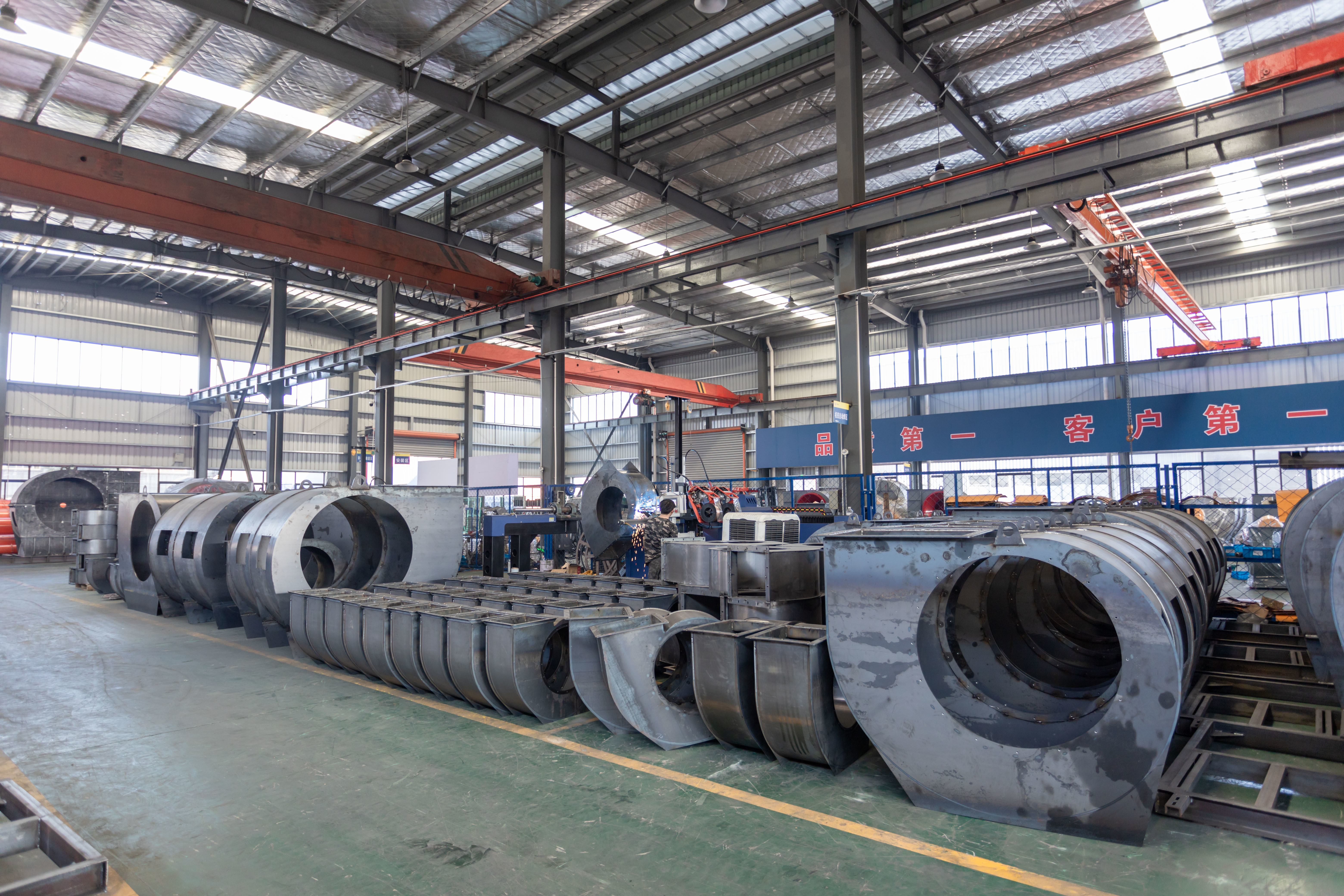
Conclusion
Excessive noise in centrifugal fans is a multifaceted issue that can stem from mechanical, aerodynamic, and operational factors. Understanding the sources of noise is essential for implementing effective solutions. Regular maintenance, optimizing fan design, improving ductwork, controlling operational conditions, and utilizing vibration isolation techniques are all critical steps in reducing noise levels. By addressing these aspects, industries can enhance workplace safety, improve productivity, and comply with noise regulations, creating a more efficient and comfortable environment for all.
Tag:
Previous Page



